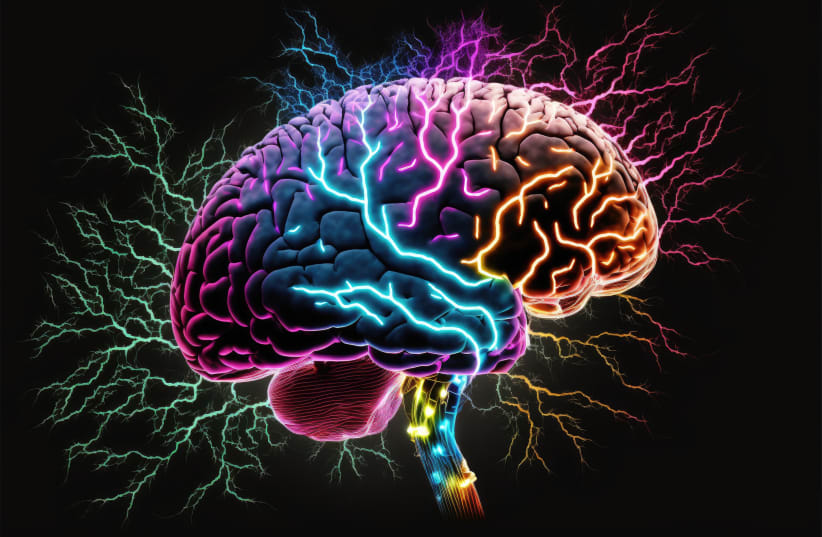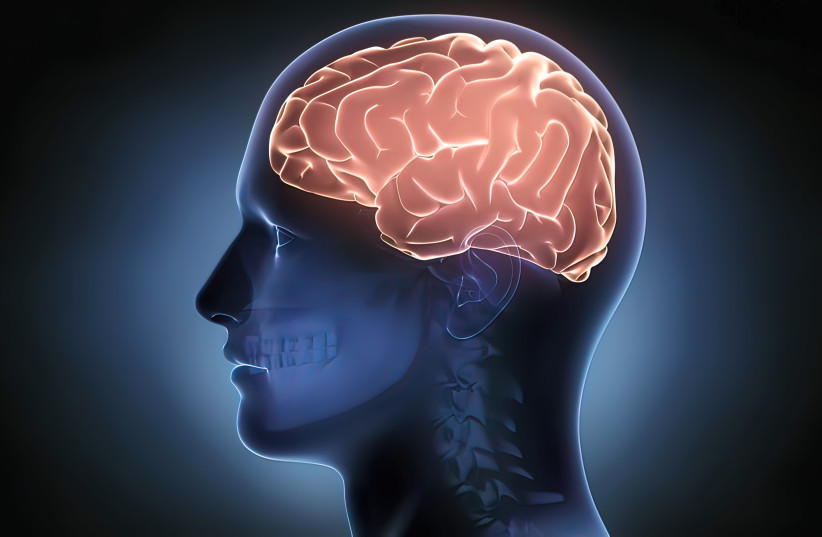Researchers link disturbances in metal to memory
“We discovered that certain metals binding within the matrix can alter its structure, forming complexes that serve as the fundamental units of memory," researchers wrote.
The study of human consciousness and the brain has long posed questions and frustrations among neuroscientists who said that getting a hold of all the factors was “insurmountable.” Now, biochemist Dr. Gerard Marx of the private MX Biotech company and chemistry Prof. Chaim Gilon of the Jerusalem Brain Community Brain of the Hebrew University of Jerusalem (HU) have proposed a novel idea – that memory plays a key role in shaping consciousness.
“We discovered that certain metals binding within the matrix can alter its structure, forming complexes that serve as the fundamental units of memory. These metal complexes can interact with neurotransmitters, resulting in the formation of emotional memory units,” they wrote.
“These memory units collectively create a framework for storing information in the brain. This proposed mechanism sheds light on how disturbances in metal levels could potentially impact memory functions. Furthermore, we speculate that disorders such as Alzheimer's and autism may be linked to dysregulation of metal handling by the body. Understanding these intricate relationships provides insight into the processes of memory formation and retrieval, aiding in comprehension of conditions ranging from short-term memory loss to more severe memory impairments,” Marx and Gilon continued.
Researching Tripartite Mechanism of Memory
They explained that their research on the Tripartite Mechanism of Memory investigates the collaborative roles of neurons, the neural extracellular matrix, trace metals, and neurotransmitters in memory formation, storage, and retrieval.
They negated the idea that computer-based “information theory” provides a sufficient basis for understanding neural memory and argued that the emotional content stored within the neural network diverges from standard computer data, laying the foundation for neural memory and adding depth and significance to conscious experience. Their ideas combine the theories of the Global Neuronal Network (GNW) and the Tripartite Mechanism of Memory to offer new insights into the relationship between consciousness and memory.
They propose a novel perspective that memory underpins consciousness, challenging conventional beliefs. Their model introduces the concept of a “brain cloud” to show how information flows within the brain and highlights a three-step process for neural memory involving neurons, the extracellular matrix, and trace metals.
They also suggested that bacterial chemical signalling has played a major role in the evolution of memory and consciousness in complex organisms – significantly contributing to advancing our understanding of consciousness and memory and providing a valuable framework for further exploration in the fields of neuroscience and beyond.
In a new paper published in the International Journal of Psychiatry Research under the title “Consciousness as a Fusion of the Global Neuronal Network (GNW) Hypothesis and the Tripartite Mechanism of Memory,” the study provides fresh perspectives on the complex phenomena of consciousness and memory.
MX Biotech works on microfluidic gene-editing for cell therapy, claiming that it transforms cancer immunotherapy, cellular engineering, and genome editing with its patented non-viral genome technology.
The authors of the article suggested that integrating the GNW theory with the Tripartite Mechanism of Memory leads to better understanding of how the brain creates experiential memories. In their model, they maintain that the complex electro-chemical activities of individual neurons are unified by the structural units of the brain, creating a unified network that facilitates consciousness through emotional memory.
THIS PAGE WAS POSTED BY SPUTNIK ONE OF THE SPUTNIKS ORBIT BLOG HTTPS://DISQUS.COM/HOME/FORUM/THESPUTNIKSORBIT-BLOGSPOT-COM/



No comments:
Post a Comment
Stick to the subject, NO religion, or Party politics